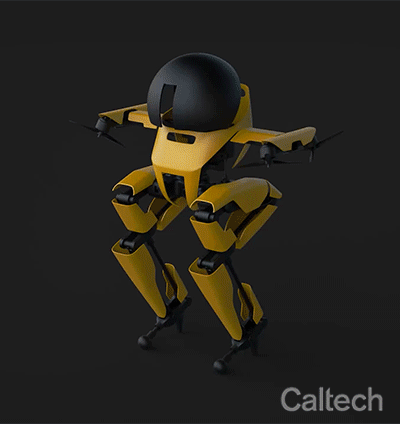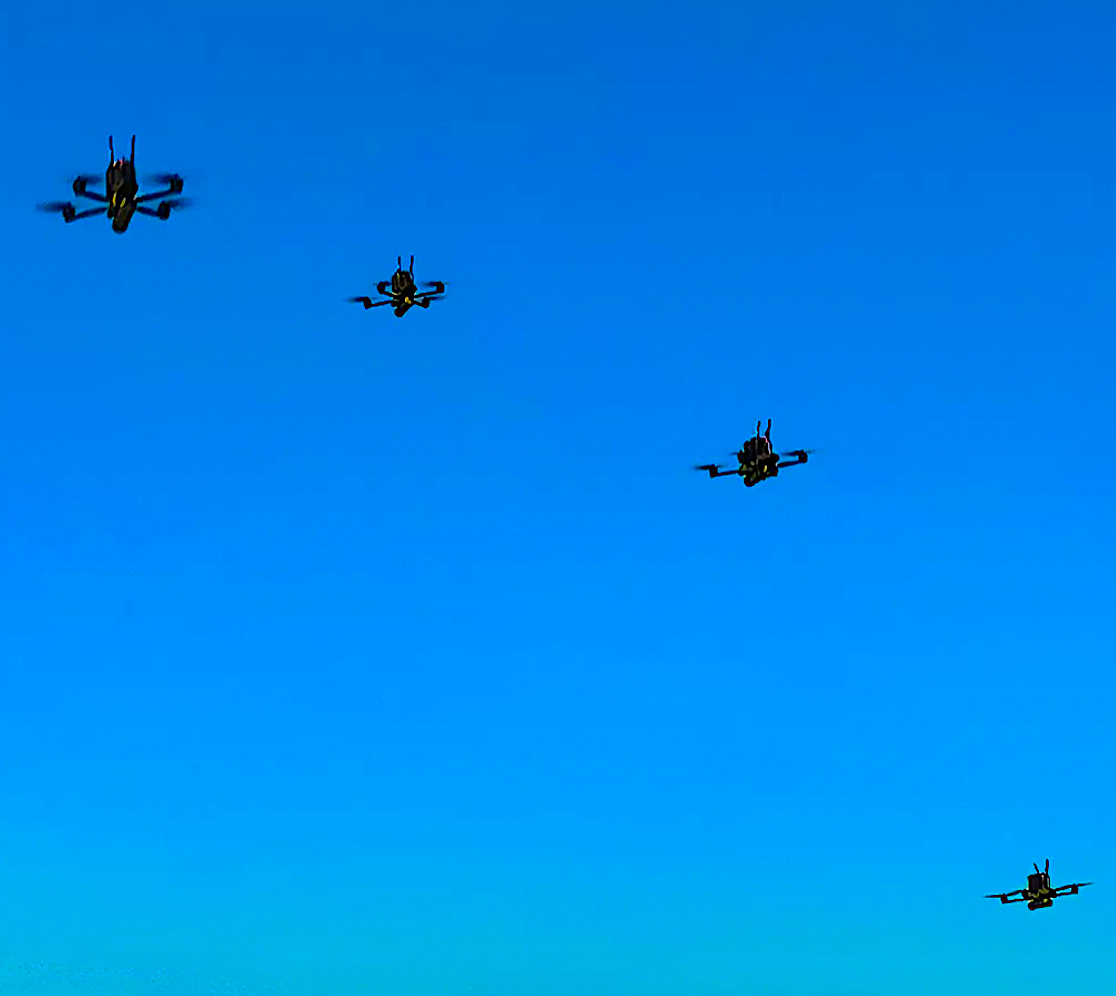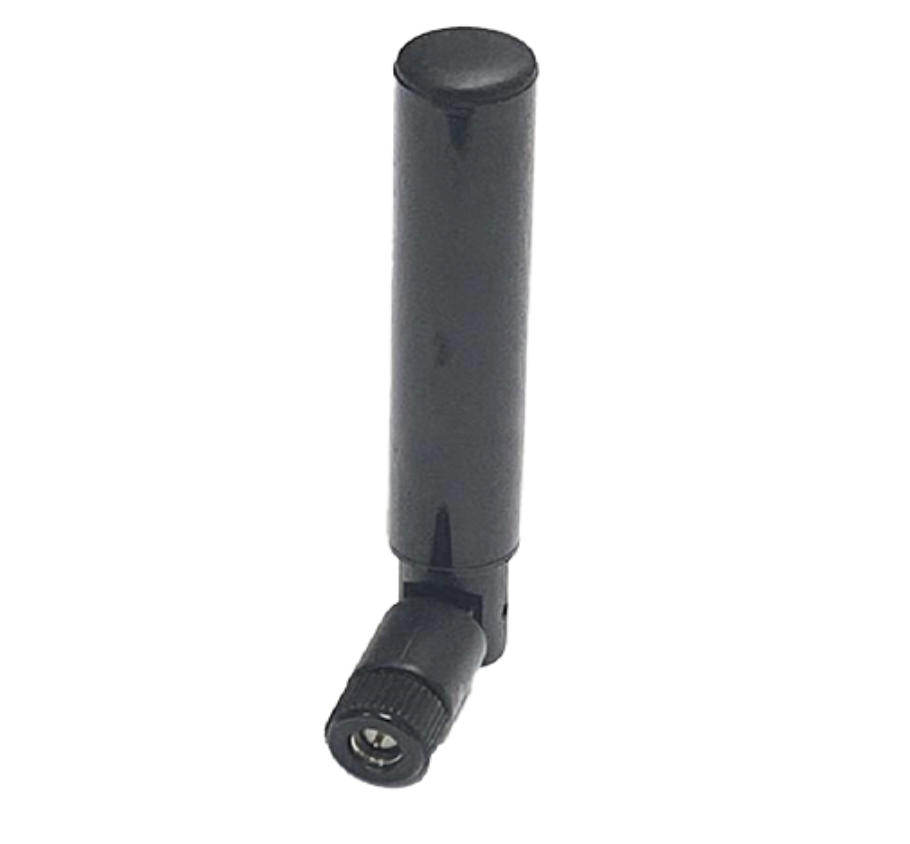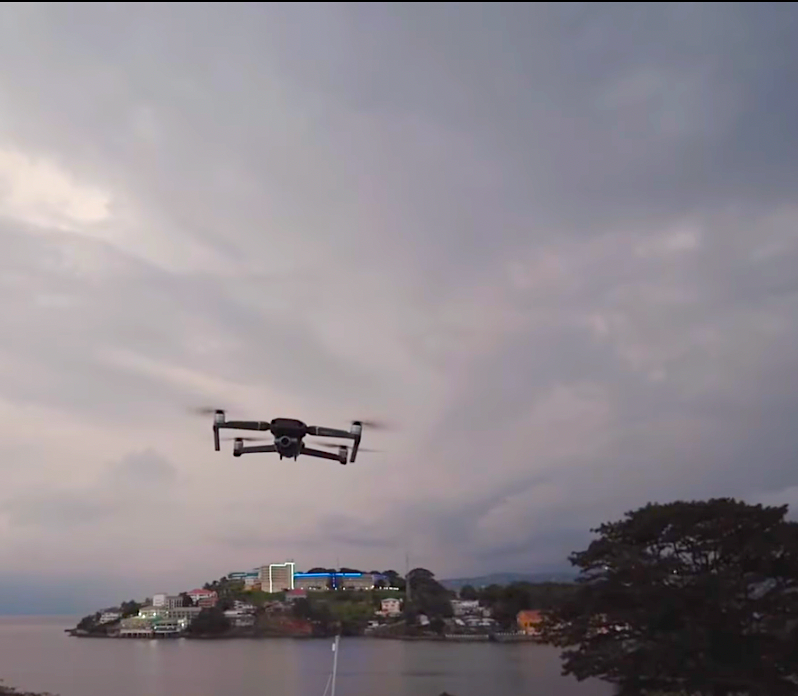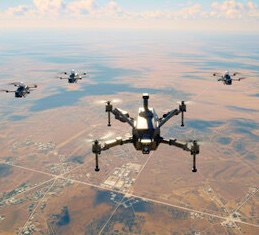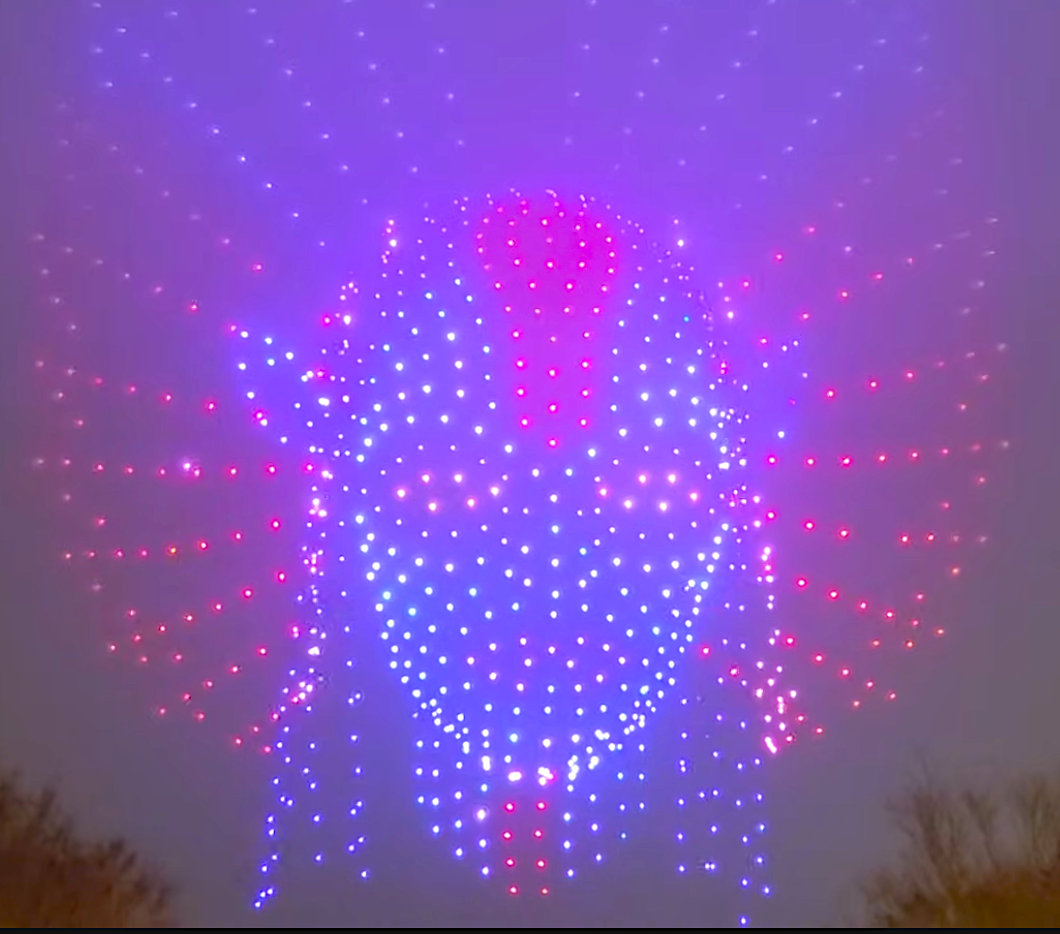Featured NewsTrending NewsEvolving TechCaltech builds another innovative drone
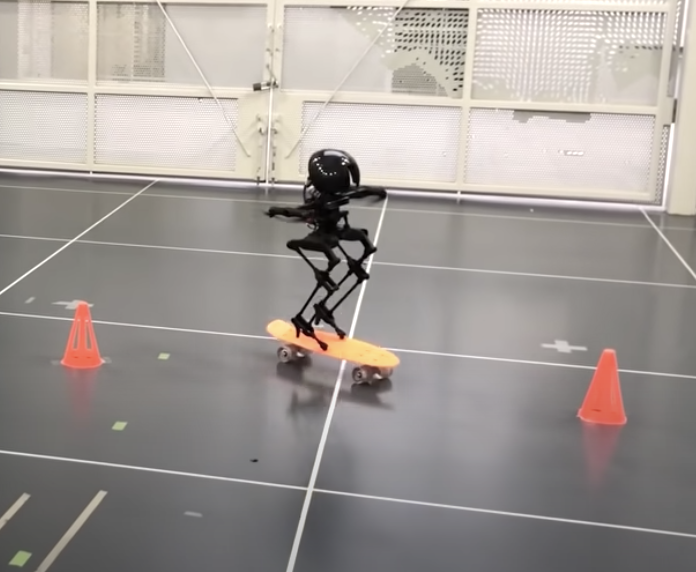
3 August 2023
Caltech has been on fire recently with its innovative robotic and drone projects.
We just covered Caltech's Center for Autonomous Systems and Technologies (CAST) "Transformer Drone" on July 28, and you can read about that crazy tech device right here.
But now, the Caltech researchers have unleashed LEONARDO on the world. You can also call this biped, flying robot by its full name—LEgs ONboARD drOne—or just LEO.
"We drew inspiration from nature," says Bren Professor of Aerospace and Control and Dynamical Systems Soon-Jo Chung.
"Think about the way birds are able to flap and hop to navigate telephone lines. A complex yet intriguing behavior happens as birds move between walking and flying. We wanted to understand and learn from that. In addition, there is a similarity between how a human wearing a jet suit controls their legs and feet when landing or taking off, and how LEO uses synchronized control of distributed propeller-based thrusters and leg joints. We wanted to study the interface of walking and flying from the dynamics and control standpoint."
Bipedal robots are able to tackle complex real-world terrains by using the same sort of movements that humans use, like jumping or running or even climbing stairs, but they are stymied by rough terrain. Flying robots easily navigate tough terrain by simply avoiding the ground, but they face their own set of limitations: high energy consumption during flight and limited payload capacity. "Robots with a multimodal locomotion ability are able to move through challenging environments more efficiently than traditional robots by appropriately switching between their available means of movement. In particular, LEO aims to bridge the gap between the two disparate domains of aerial and bipedal locomotion that are not typically intertwined in existing robotic systems," says Kyunam Kim, postdoctoral researcher at Caltech and co-lead author of the Science Robotics paper.
LEO stands 2.5 feet tall, has two legs with three actuated joints, and four propellers mounted at an angle on his shoulders. The propellers actually ensure that LEO is walking upright, and, of course, provide his superpower of flight.
"Because of its propellers, you can poke or prod LEO with a lot of force without actually knocking the robot over," says Caltech graduate student Elena-Sorina Lupu, who is co-author—along with Chung, Patrick Spieler, Kyunam Kim, and others—of a paper on LEO published in the October 2021 issue of Science Robotics.
The LEO project was born in 2019, and the team intends to evolve LEO's mobility by designing a rigid leg capable of supporting more of his weight and increasing the thrust force of the propellers. There will also be an AI factor, where LEO can determine how much of its weight is supported by his legs and how much needs to be supported by propellers when walking on treacherous terrain, as well as an autonomous drone landing algorithm that calculates the most appropriate combo of walking, flying, and hybrid locomotion he needs to get safely from one location to another.
